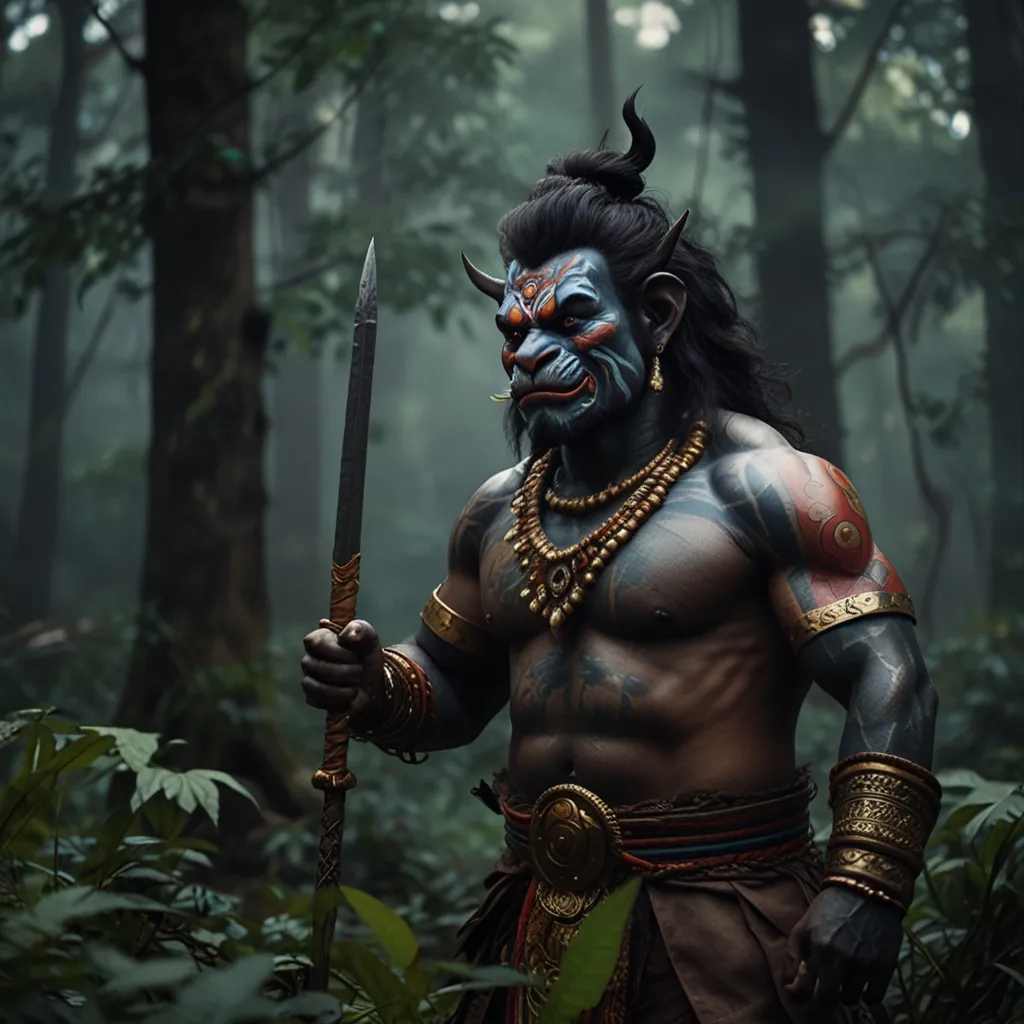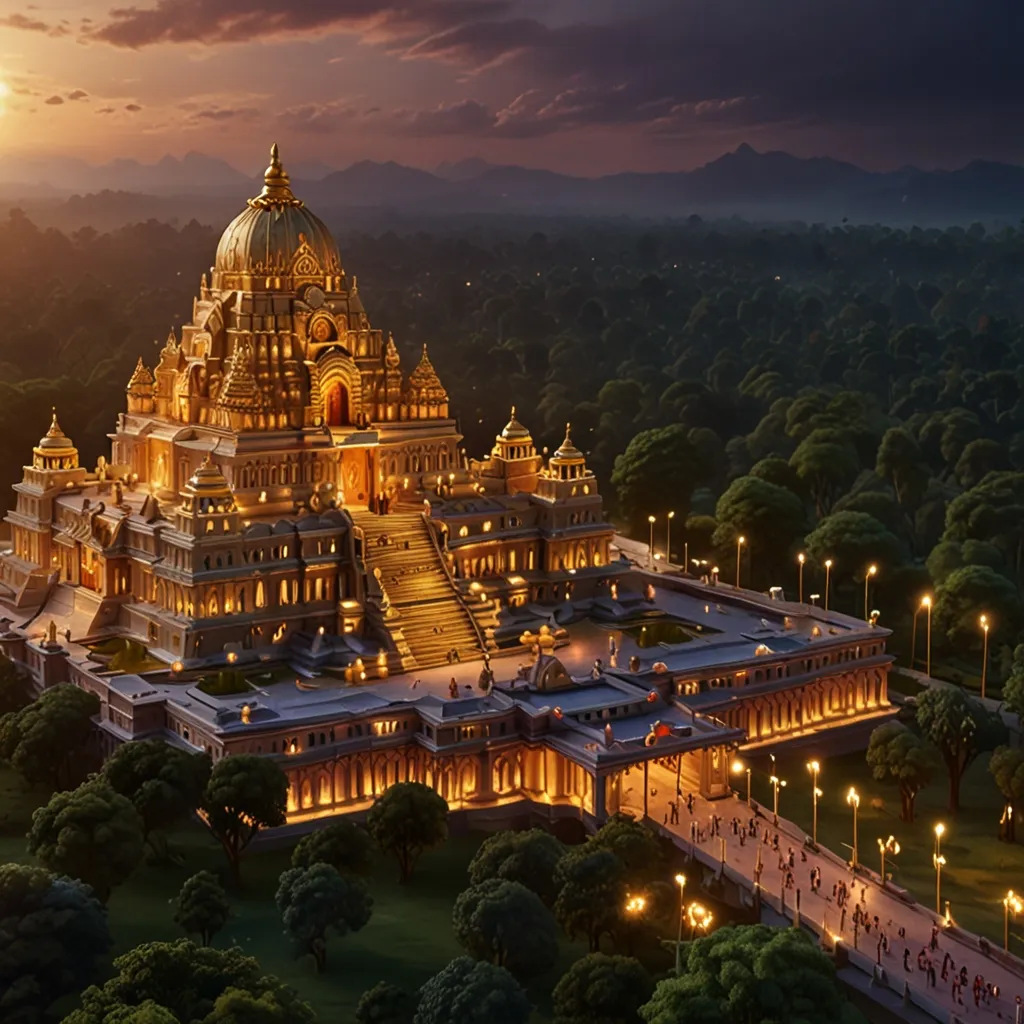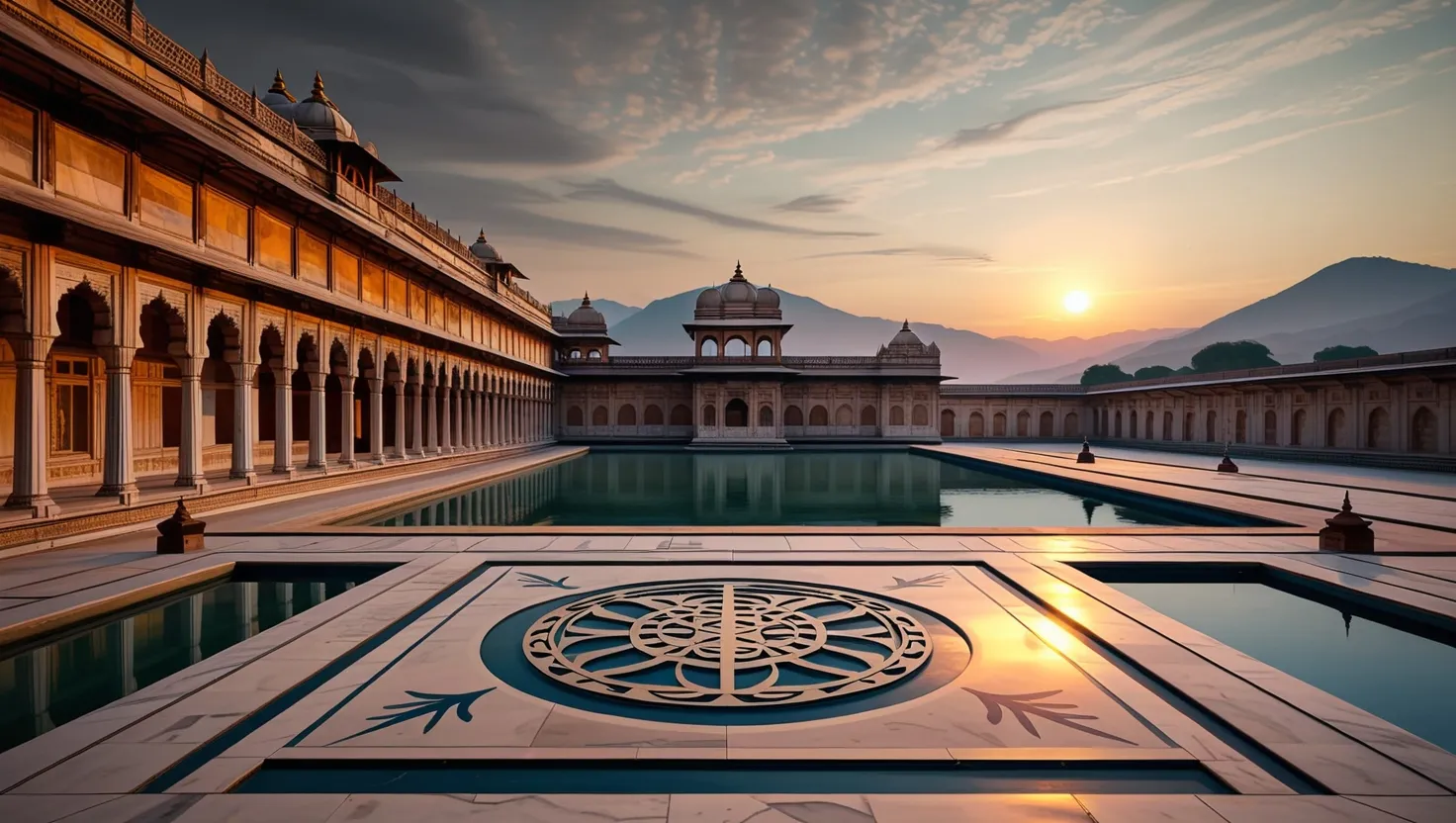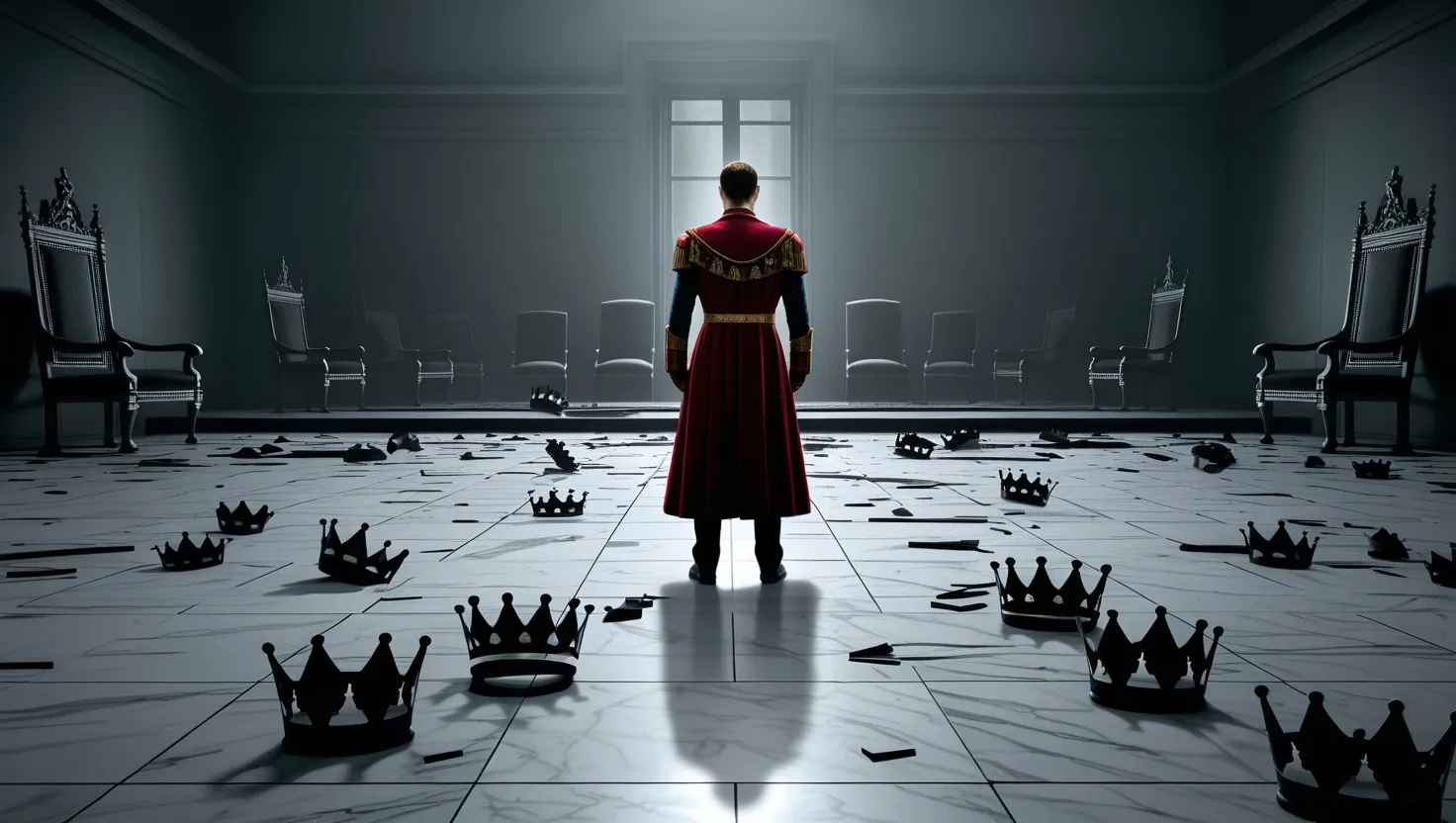In the epic tale of the Mahabharata, one story that stands out vividly is the birth and life of Ghatotkacha, the son of Bhima and the Rakshasa woman Hidimbi. This isn’t just a mythological yarn but a rich narrative filled with love, strength, and sacrifice, with lessons that resonate even in our everyday lives.
The story kicks off with the Pandavas, the five heroic brothers, wandering through a treacherous forest named Hidimbavanam. This woodland is home to a fearsome Rakshasa named Hidimba and his sister Hidimbi. These Rakshasas, known for their dark and cannibalistic ways, have a different agenda for any human who crosses their path. It’s here that Hidimba instructs his sister to lure the Pandavas to him for a meal.
But Hidimbi had a curveball up her sleeve. When she sees Bhima, she falls head over heels for his sheer strength and bravery. Pivoting from her brother’s sinister plan, she disguises herself as a stunning woman and warns the Pandavas of the lurking danger, begging them to leave the forest. Bhima, true to his protector ethos, decides not to back down, leading to a fierce clash with Hidimba.
The duel between Bhima and Hidimba is nothing short of legendary. Bhima’s strength is unmatched, and he ultimately takes down Hidimba after a grueling battle. Hidimbi, witnessing this act of bravery, approaches Kunti, the Pandava matriarch, with an unusual request—she wants to marry Bhima. The catch? After bearing a child, she’ll let Bhima continue his journey with his brothers.
Bhima agrees, and Hidimbi soon gives birth to a son. Rakshasa women have this peculiar ability to conceive and give birth on the same day, and their children grow up in no time. This child is named Ghatotkacha, meaning “pot-headed,” due to his distinct head shape. Ghatotkacha quickly becomes a powerhouse of strength and skills, just like his dad.
But Ghatotkacha’s arrival isn’t merely a fluke of nature. Indra, the king of the gods, had a plan. He wanted Ghatotkacha to be a formidable challenge for Karna, one of the most powerful warriors on the Kaurava side, when the big war rolled around. This clever move was so that Karna would use his lethal weapon, the Vasavi Shakti, on Ghatotkacha instead of Arjuna, Indra’s son.
As Ghatotkacha grows, his devotion to the Pandavas deepens, and he becomes especially close to Bhima. He quickly masters warfare and becomes a favorite among the Pandavas. With the end of her time with Bhima, Hidimbi bids farewell, leaving Ghatotkacha with a promise to his father that he’d always have their back.
When the great war of Mahabharata erupts, Ghatotkacha plays a crucial role. Leading an army, he causes major havoc for the Kaurava forces. His valor is unmatched, and in a dramatic moment of sacrifice, he gives up his life to save Arjuna from Karna’s deadly weapon, living up to Indra’s plan.
The narrative of Ghatotkacha’s life isn’t just a thrilling saga but a lesson in love, duty, and sacrifice. Hidimbi’s love for Bhima breaks through societal norms and personal struggles, showing the sheer power of true affection. Bhima’s acceptance of Hidimbi, despite her Rakshasa roots, speaks volumes about looking beyond appearances and backgrounds. The tight bond between Ghatotkacha and the Pandavas highlights the essence of family and loyalty.
One of the key takeaways here is the balance between independence and support in relationships. Hidimbi understands when to step back and let Ghatotkacha grow independently, while Ghatotkacha vows to always support his family. This equilibrium is pivotal for mutual growth and strength in any relationship.
The story also shines light on the virtues of compassion, openness, and the fine balance between duties and personal growth. It nudges us to look beyond the surface, to love sincerely, act rightly, and appreciate the unique contributions everyone can bring into our lives.
The lessons from Ghatotkacha’s story are timeless. Compassion and kindness, even towards those who are different, can forge unbreakable bonds. Bravery isn’t just in grand battles but in the willingness to defend and support loved ones, no matter the odds. The ability to balance personal dreams with family responsibilities makes relationships richer and more fulfilling.
In a way, this tale of Ghatotkacha serves as a call to us. It urges us to be compassionate, to embrace differences, and to find our strength not just in isolation but in our communities and families. It reminds us that true love and loyalty can break barriers and that each of us has a unique role in the tapestry of life, where every thread, every story, and every sacrifice adds to the beauty and strength of the whole.
So, next time life throws a tough decision your way, think of Bhima’s courage, Hidimbi’s love, and Ghatotkacha’s sacrifice. Embrace the blend of bravery, love, and duty, and let those values guide you as you navigate your own epic journey.






